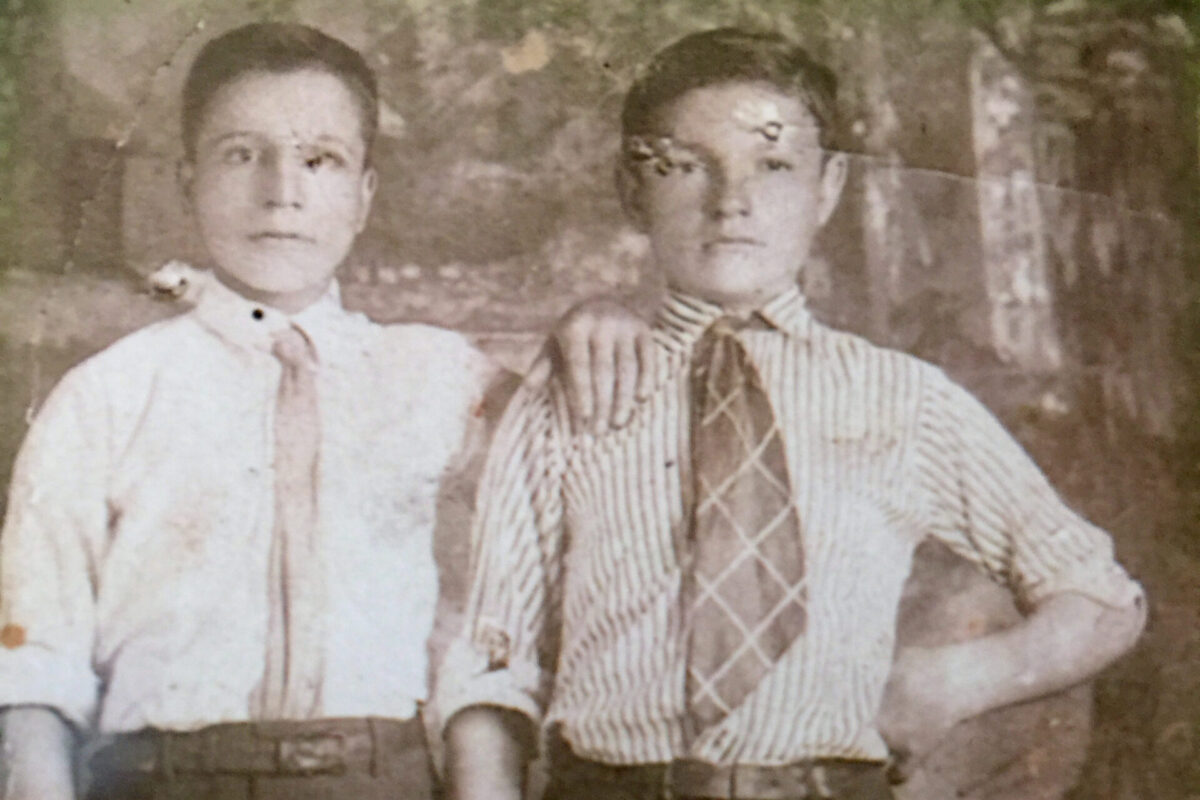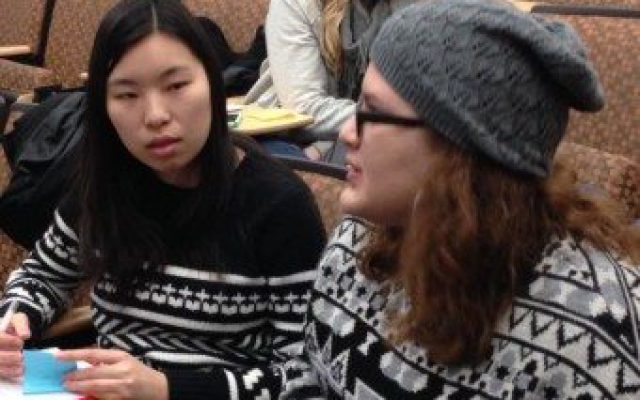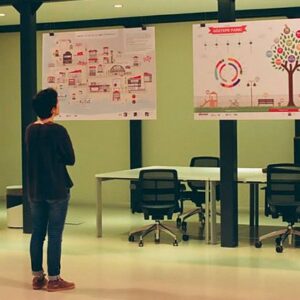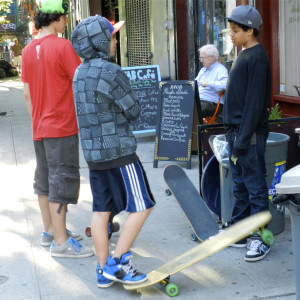“Poor Bright Young Scholars,” the Low-Income First-Generation Students of the Past
The idea of higher education as an exclusive bastion of privilege is as old as education itself. Though most students who received any education throughout history were noble or wealthy, there always seemed to be spaces open to poor bright young scholars plucked from the masses. Today we might identify these young people as low-income first-generation students.
North America’s first university, Harvard, was founded in 1636, before the United States itself. Harvard served the privileged, preparing them for the clergy, political leadership, law, and medicine. While a very few poor bright young scholars did attend Harvard, they had to both study and work, often as servants for wealthy students and professors. At graduation, diplomas were awarded in order of a student’s social status.
Access to higher education increased steadily in the United States during the second half of the 19th century, especially after the promulgation of The Morrill Land Grant Act of 1862, which created and increased access to public universities. The second Morrill Act in 1890 set up annual appropriations to the land-grant institutions, and established “historically-black” institutions by diverting federal funds from states that failed to provide higher education to black students.
In the 20th century, poor students continued to depend on finding work in order to attend private and public universities. The Depression made it particularly difficult for poor bright young scholars to continue their higher education. Significant numbers left school to help their families. Most dropped out because they could no longer pay tuition and expenses. The part-time jobs low-income students depended upon to stay in school were difficult to find in the 1930s.
Due to the pressures of work and limited financial means, too many low-income first-generation students simply abandoned their studies, particularly at elite private universities. Commentators in the 1930s suggested that for “those who come from families without intellectual background … [a] vocational school or a state university … served their purpose better.”
At the University of Washington, the student newspaper, The Daily, ran a story in January 1930 about a student forced to drop out of college after a family member died. The paper reported that he had to resort to begging, stealing, and bread lines to survive. Other students at the University struggled to stay in school. For these students, scholarships from $25 to $100 made the difference between finishing higher education or dropping out.
Today, more than 50% of U.S. students in higher education have parents who never received an undergraduate degree. Most of these low-income first-generation students depend on financial aid and part-time jobs to stay in school. Despite an increasing number of college and university programs designed to promote integration, mentorship and academic support, more than a third of these students do not complete their degrees.
In her memoir, First Gen, Alejandra Campoverdi writes about “Trailblazer Toll,” the psychological price paid by low-income first-generation students for the upward mobility they experience as graduates of higher education institutions and as young professionals beginning their careers. Social mobility, she writes, “comes at a price.”
The “price” paid for completing higher education with its promise of upward mobility is often isolation from family and community of origin. Successful low-income first-generation students suffer from guilt and feelings of not fitting in to their new lives. At the same time, they have pride in their extraordinary accomplishments of receiving an undergraduate degree and entering the workforce as professionals.
These are the same emotions successful poor bright young scholars felt generations before the first U.S. programs for low-income first-generation students were implemented in the 1980s. The path of poor bright young scholars was an individual one — there was no expectation or evidence that they would mingle or form a community with other disadvantaged peers.
Universities today have support systems to encourage peer and mentoring relationships for low-income first-generation students, the poor bright young scholars of the 21st Century. In addition to the ongoing focus on academic support, there is increasing attention given to the positive attributes low-income first-generation students bring to campus, not just their shortcomings.
Reinforcing positive attributes, which include persistence and resilience, both to low-income first-generation students and to the wider higher education community, offer needed social and emotional support as they move along the path of upward mobility.













No Comments Yet!
You can be first to comment this post!